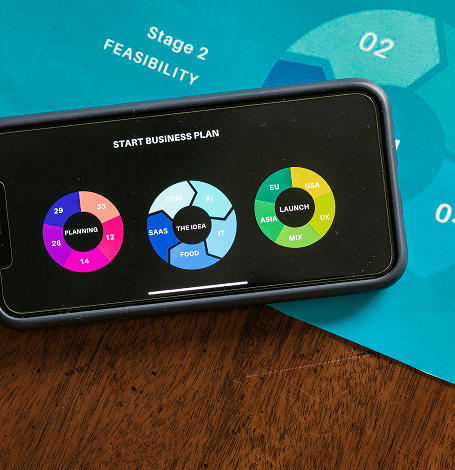
Building an AI-Driven Strategy: Identifying Business Problems That AI Can Solve Effectively
Artificial Intelligence (AI) has become a cornerstone of innovation and competitive advantage in modern business. However, building an AI-driven strategy requires more than adopting technology—it necessitates a deep understanding of business problems and aligning AI capabilities to solve them effectively. By identifying challenges where AI adds value, businesses can optimize processes, enhance decision-making, and unlock new opportunities for growth.
The Importance of Problem Identification in AI Strategy
Before investing in AI solutions, organizations must clearly define the problems they aim to address. AI is not a universal remedy but excels in specific contexts where data-driven insights, automation, or pattern recognition can create an impact. Poorly defined problems or unrealistic expectations often lead to failed AI initiatives, underscoring the need for strategic alignment between business goals and AI applications.
A well-formulated AI strategy should also help guide tech infrastructure, ensuring the business is equipped with the hardware, software, and other resources needed for effective AI implementation. Since technology evolves so rapidly, the strategy should allow the organization to adapt to new technologies and shifts in the industry. Ethical considerations such as bias, transparency, and regulatory concerns should also be addressed to support responsible deployment. As artificial intelligence continues to impact almost every industry, a well-crafted AI strategy is imperative. It can help organizations unlock their potential, gain a competitive advantage, and achieve sustainable success in the ever-changing digital era.
Building a Successful AI-Driven Strategy
Define Clear Objectives: Start by identifying business goals and pinpointing specific challenges AI can address.
Assess Data Readiness: AI thrives on high-quality data. Businesses must ensure they have the necessary data infrastructure and governance in place.
Select the Right AI Tools: Choose AI technologies suited to the problem, such as machine learning for prediction, NLP for text analysis, or RPA for automation.
Start Small and Scale: Begin with pilot projects that demonstrate ROI before expanding AI initiatives across the organization.
Focus on Collaboration: Ensure cross-functional collaboration between data scientists, business leaders, and IT teams for effective implementation.
Building an AI strategy offers many benefits to organizations venturing into artificial intelligence integration. An AI strategy allows organizations to purposefully harness AI capabilities and align AI initiatives with overall business objectives. The AI strategy becomes the compass for meaningful contributions to the organization’s success. It empowers stakeholders to choose projects that will offer the biggest improvement in important processes such as productivity and decision-making as well as the bottom line.
More specifically, an AI strategy outlines the steps that will enable AI projects to smoothly transform ideas into impactful solutions. This calls for the organization also to make important decisions regarding data, talent, and technology: A well-crafted strategy will provide a clear plan for managing, analyzing, and leveraging data for AI initiatives. It will also determine the talent the organization needs to develop, attract, or retain with relevant skills in data science, machine learning (ML,) and AI development. It will also guide the procurement of the necessary hardware, software, and cloud computing resources to ensure effective AI implementation. In essence, a successful AI strategy is indispensable, acting as support for business objectives, facilitating prioritization, optimizing talent and technology choices, and ensuring an organized integration of AI that will support organizational success.
An AI-driven strategy begins with identifying problems where AI can deliver tangible value. By addressing challenges such as operational inefficiencies, enhancing customer experiences, and improving decision-making, businesses can leverage AI as a transformative tool. Success lies in aligning AI capabilities with strategic objectives, ensuring data readiness, and fostering collaboration. In doing so, organizations can unlock the full potential of AI to drive growth, innovation, and long-term success.









